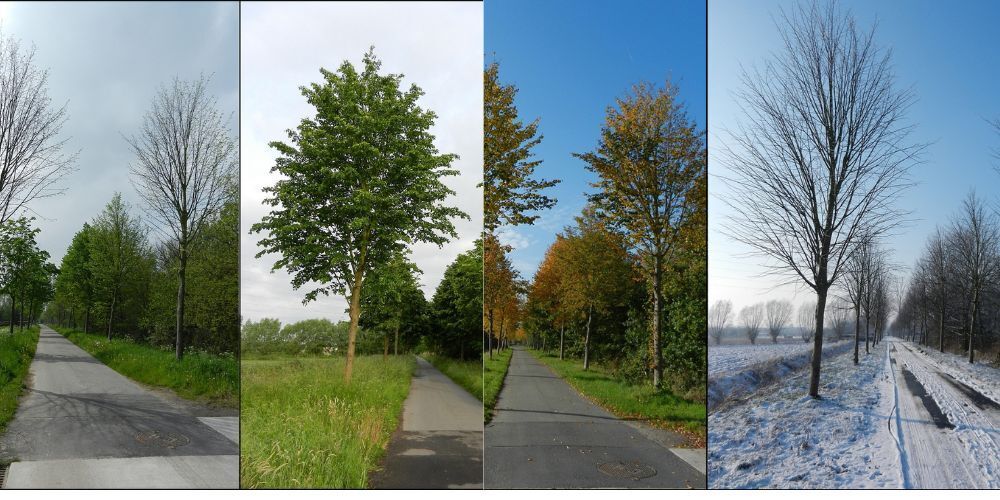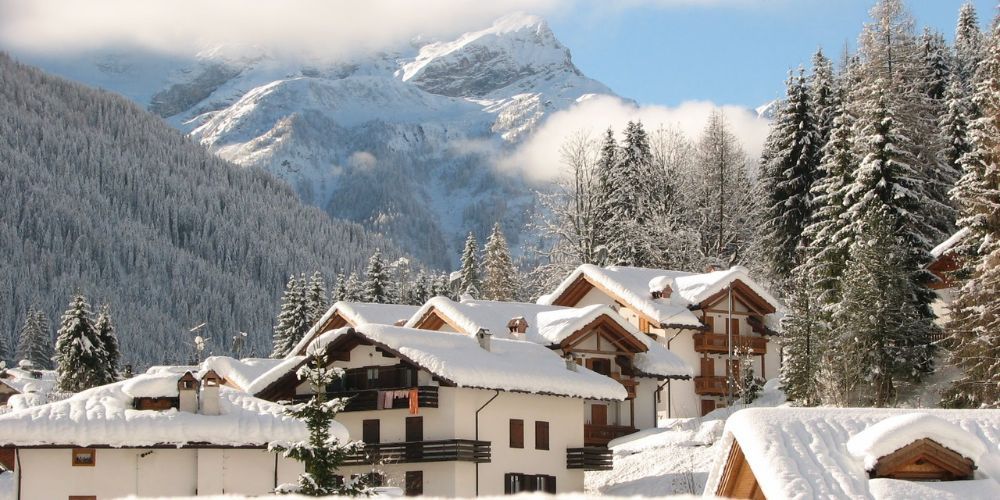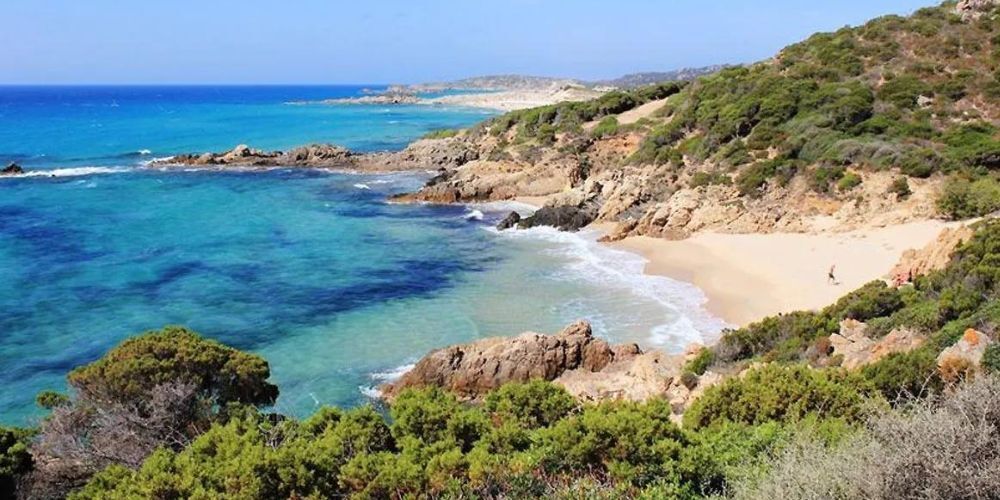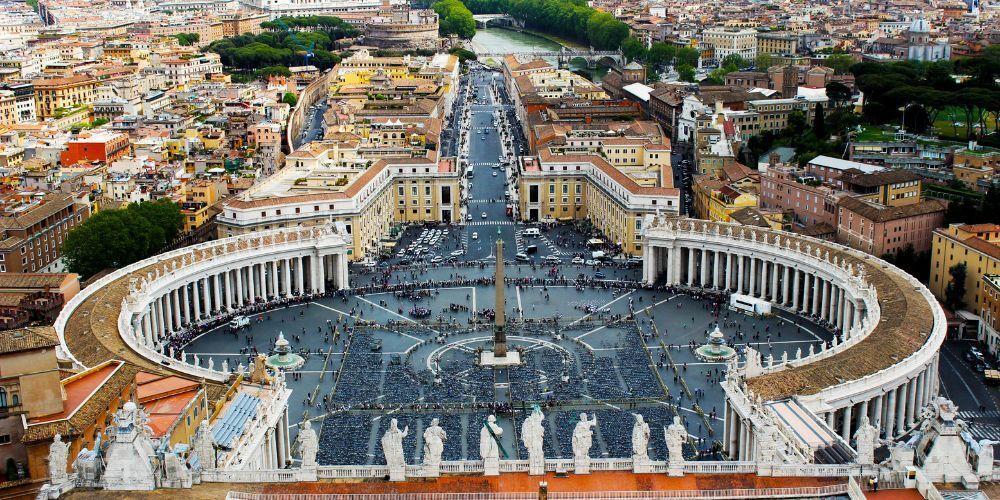Italy is a dream destination in every season, millions of tourists come to visit every year from North to South.
From summer to winter, passing through autumn and spring, you can choose Italy as your destination for a few days' holiday or even for a longer period. But choosing the best time to travel depends on several factors: the climate, the attractions you want to see, and the type of experience you want to have. Italy's four seasons offer different experiences, each with its own strengths. And perhaps there is no absolute best.
Sea, mountains, cities of art, hills as we imagine you know, Italy offers an almost unique mix of tourist choices. Let's take a step-by-step look at the best times in the main places.

What's the best season to visit Italy?

If your travel plans include the idea of coming to Italy, you will certainly have wondered which is the best season to visit. Let us try to answer this question, always remembering that the climate is often not as expected and that a warm season can also reserve some cold days.
This is why, at the end of this article, we have decided to suggest how to organise your suitcase for visiting Italy.
So, as we have said, a perfect season does not exist, and beyond the old adage that says: there are no longer half seasons, we can give you an idea of the climate you will find in Italy.
Of course, the best time also varies depending on what your destinations are. Remember that to visit the cities of art, a mild climate is preferable, not too hot, not too cold and possibly not too rainy. In Italy, spring and the first part of autumn are usually months that can be classified as ideal for visiting art cities or taking walks in the hills. Consider therefore April and June and September and October.
In summer, of course, the heat is very much felt, especially in the south. As you will also read in the other paragraphs of this article, in these months, July and August, it is preferable to choose destinations near the sea. For skiing enthusiasts, then, winter is obviously better. December, January, February.
Now let us go into more detail about the seasons in Italy.
Listen to the podcast version of the article with Monna Lisa &Leonardo 's voice
The winter: skiing and Christmas markets

Winter in Italy has two sides: on the one hand, it is the ideal time for winter sports enthusiasts, with the Alps and Apennines offering fantastic skiing opportunities; on the other, it is a less touristy time to visit the cities of art without the crowds.
The climate is obviously cold, especially in the north, but remains mild in the south and along the coasts, with temperatures ranging from 0°C to 10°C in the north and 10°C to 15°C in the south. During the Christmas holidays, Italian cities are filled with lights and markets, creating a unique atmosphere. Above all, there are small villages that transform into magical towns, so immerse yourself in this atmosphere!
If you are a ski lover, then you can choose to visit Europe's largest ski area: the Dolomites.
Visiting Italy in spring: great for art cities

Spring is considered by many to be the ideal season to visit Italy. The climate is mild and pleasant, with temperatures ranging from 15°C to 25°C depending on the region. This is the perfect time to explore the cities of art without suffering the sultry heat or excessive crowds of summer.
Gardens and parks blossom, making landscapes and cities even more fascinating and giving you the opportunity to take truly outstanding photos. In addition, numerous cultural events and festivals are celebrated in spring, offering a taste of real Italian life. In fact, there are many medieval villages that annually offer tourists the opportunity to immerse themselves in the history and folklore of the place.
Summer: better the sea than cities of art

Summer is definitely the most popular period, but also the hottest. Temperatures can exceed 35°C, especially in the south, and major cities such as Rome and Venice can become crowded with tourists. The good season will of course give you the opportunity to visit whatever you like in good weather without, often, worrying about imminent rain.
Besides, summer is perfect for those who want to enjoy the beautiful Italian coastline, islands like Sicily and Sardinia offer fantastic beaches, among the most famous in the world. Again, there are the beautiful northern lakes that will show you breathtaking landscapes. If you like the sea and the sun, summer is perfect, but keep in mind that prices rise considerably and many Italians go on holiday, often closing down local businesses.
Autumn in Italy: between grape harvest and cities of art

Autumn is another great season to explore Italy. A bit like during spring, temperatures drop compared to summer, staying between 15°C and 25°C. Summer crowds diminish and autumn colours paint the countryside and cities, making every landscape picturesque. It is a great season if you are looking for a relaxed and unhurried holiday. Even in this season, we recommend visiting the cities of art, perhaps considering the possibility of a few rainy days during your holiday.
This is also harvest time, an excellent opportunity to discover Italian wine regions such as Tuscany, Piedmont and Veneto. Don't miss the opportunity to book a wine tour to discover new flavours and places.
Cities and the best season to visit them

After you have chosen your favourite season to visit Italy, here is a list of the must-visit cities that, if it is your first time visiting the Bel Paese, are almost a must.
If, on the other hand, you are familiar with Italy but have never had the chance to visit them, this may be a good starting point. In the previous paragraphs we have already selected some cities for you, now it is time to summarise them and also understand what is the best season to visit them.
Rome. And how not to start with the capital: a veritable open-air museum. Among its most iconic monuments are the Colosseum, the Pantheon, St Peter's Square and the Vatican City. In spring and autumn, Rome is particularly pleasant to visit, thanks to the mild climate that makes it possible to walk through its streets rich in history.
Florence. Cradle of the Renaissance, Florence is home to unparalleled works of art, such as the Uffizi Gallery and the Duomo. Again, autumn is perfect for visiting the city: less crowded than in summer, and with ideal temperatures for exploring its museums and squares.
Venice. The city of the Doges and canals is unique. Romantic par excellence, with unmissable views, you can also enjoy it on a gondola ride. The best time to visit is in spring, when the weather is pleasant and the crowds are not so oppressive. In particular, don't miss the Doge's Palace and St Mark's Basilica. Venice, the city of love, will give you breathtaking views and pleasant gondola rides.
Naples. Located at the foot of Vesuvius, it is a vibrant and authentic city. Besides its world-famous cuisine, such as pizza, you can visit the Archaeological Museum, Spaccanapoli and take a trip to Pompeii. Lose yourself in the alleys of the Quartieri Spagnoli, experience the authenticity of this place. Autumn, with its mild climate, is the perfect time to explore the city and its surroundings. Naples is beautiful always, and this is a fact that is difficult to dispute. So also consider the other seasons of the year: in particular, during the summer, you can go to many seaside resorts, such as the island of Capri or the island of Ischia.
Milan. We close this short list with the capital of fashion and design. Milan offers a mix of modernity and history, with the Duomo, the Castello Sforzesco and the Brera district. Winter is a good time to visit, also taking advantage of the winter sales and Christmas decorations. Furthermore, from Milan you can easily reach various ski destinations such as Ponte di Legno, Bormio.
Discover Venice with Venice PassThere are no more half-season
What to pack for your trip to Italy

Packing your suitcase in the right way is essential to make the most of your stay in Italy, without the burden (literally!) of carrying around unnecessary items. Italy, as you will have realised, has a very varied climate that can change, even drastically, depending on the season and the area you visit, so here is a practical guide on what to pack according to the season.
Spring in Italy is pleasant, but often unpredictable, with sunny days alternating with sudden rains. Temperatures vary from cool to mild.
- Dress in layers: Long-sleeved T-shirts, light jumpers and waterproof jackets are essential.
- Light trousers or jeans: Comfortable for walking but versatile enough for different weather conditions.
- Comfortable, waterproof shoes: Many tourists will be walking a lot, so comfortable, water-resistant shoes are a must.
- Portable umbrella: To cope with sudden rains.
- Sunglasses and light scarf: Ideal to protect yourself from the first rays of sun and fresh wind.
Summer in the Bel Paese can be very hot, especially in the cities of the centre and south, but cooler in the mountains or coastal locations.
- Light, breathable clothes: Fabrics such as linen or cotton will be perfect for coping with the heat.
- Swimwear: If your trip includes the sea, a lake or a swimming pool.
- Hat and sunglasses: Essential to protect yourself from the sun during the hottest hours.
- Open, comfortable shoes: Sandals or summer shoes are perfect, but also bring a pair of trainers for days of exploration.
- Sun cream and mosquito repellent: Especially if you are at the seaside or in the countryside.
Autumn in Italy is similar to spring in terms of temperatures, but can be a bit colder and wetter, especially around November.
- Waterproof jacket or trench coat: Ideal for protection against autumn rains without sacrificing style.
- Lightweight jumpers and cardigans: Perfect for adding an extra layer on cooler days.
- Jeans and long trousers: These are versatile and comfortable for this season.
- Water-resistant and comfortable shoes: Essential for long walks, especially in historical cities like Rome or Florence.
- Umbrella and scarf: Even in autumn you may need accessories against wind and rain.
Italian winters can vary considerably. In the north, temperatures are cold, often below zero, while in the south they are milder. If you go to the mountains, snow awaits you.
- Warm coat: If you visit the north or inland cities, you will need a good coat.
- Thermal clothing: T-shirts and thermal tights are essential if you plan to hike or visit the mountains.
- Wool jumpers and heavy scarves: Useful for fighting the bitter cold.
- Gloves and hat: To protect you from the cold, especially in the north.
- Water-resistant winter shoes: If you are in a snowy area, water-resistant boots are essential.
In general, then we recommend that you bring adapters for electrical sockets: In Italy, type C, F and L sockets are used. A backpack or shoulder bag: To keep essential items within reach during day trips.
About the author
Written on 04/11/2024



Lorenzo Braccini
Italy is a beautiful country from North to South, which can be visited 365 days a year: but what is the best season to do so? Let's find out together.